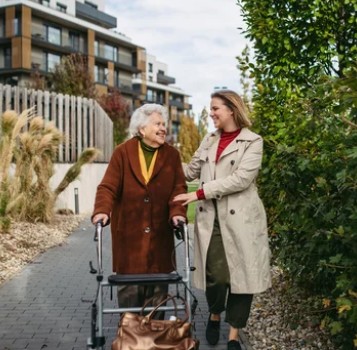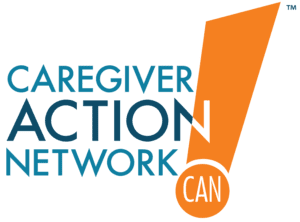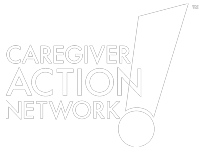A Caregiver’s Guide to Supporting a Loved One with Osteoporosis
A Caregiver’s Guide to Supporting a Loved One with Osteoporosis
Osteoporosis weakens bones and raises the risk of fractures—often without symptoms until a fall. As a caregiver, you can champion safety, confidence, and informed choices through shared decision-making and patient-centered goals.
Understanding Osteoporosis
Osteoporosis is a bone disease that makes bones fragile and more likely to break. Risk rises with age:
- Women over 50 and men over 70 are most affected.
- About 1 in 2 women and up to 1 in 4 men over 50 will experience an osteoporosis-related fracture.
- Additional risks include family history, inactivity, low calcium/vitamin D, certain medications, smoking, and excessive alcohol.

Your Role as a Caregiver
- Daily support: Assist with balance-sensitive tasks, encourage safe movement, and help with mobility aids.
- Medication & appointments: Track prescriptions, refills, and bone density scans; bring a question list to visits.
- Shared decision-making: Help your loved one express preferences, weigh benefits and risks, and choose care aligned with their values.
- Patient-centered goals: Define what matters most—staying independent, avoiding falls, continuing a favorite activity—and revisit goals regularly.
Preventing Falls & Fractures
- Home safety: Clear walkways, secure rugs, add grab bars/handrails, improve lighting, keep essentials within easy reach.
- Movement: Encourage weight-bearing and balance exercises (e.g., walking, tai chi) per clinician guidance.
- Nutrition: Support a calcium- and vitamin D–rich eating plan; ask about supplements if needed.
- Treatment plan: Confirm how and when to take osteoporosis medicines; discuss side effects and fit with your loved one’s goals.
Caregiver Action Network Tools
- Caregiver Help Desk: Free, one-on-one expert support.
- Peer Support Community: Connect with caregivers for encouragement and tips.
- Care Planning Guides: Medication trackers, home-safety checklists, and visit prep worksheets.
If You May Be at Risk
Caregivers—especially women 50+ or anyone with family history—should ask their own clinicians about bone density screening, nutrition, and exercise. Model shared decision-making in your own care.
When to Seek More Help
-
Watch for signs of worsening mobility, increased falls, or difficulty with daily tasks
-
Advocate for early bone density testing or physical therapy if needed
-
Help your loved one revisit their care goals regularly as health status changes



